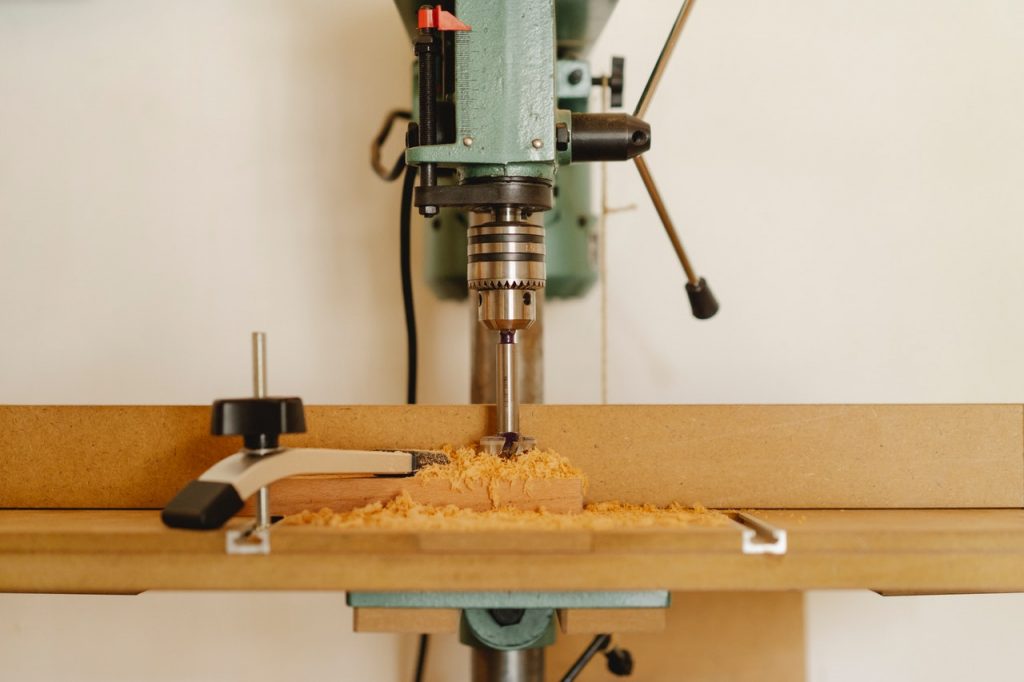Wooden finishes at home are versatile and looks naturally beautiful no matter where it is used. From the floors, walls, ceilings, and even other structures such as pergolas and verandas, timber indeed looks classic and beautiful at the same time.
However, wood is sensitive to moisture whether it is from outdoor elements or indoors such as moisture from cooking and showering. Frequent exposure of wood to moisture causes it to rot later on.
Rotten wood is not just an eyesore. It also causes severe damage to the structure if left untreated. Early detection and repair of rotten wood is the key to prevent further damage and preserve the look of your wooden structures.
Here are some of the basic things you should know about rotten wood.
Identification
First of all, you need to be able to identify rotten wood earlier to fix it immediately. There are two types of wood rot – dry rot and wet rot.
Dry rot is mainly caused by fungus which feeds on the wood while slowly spreading across the structure, causing great structural damage when left untreated. As dry rot progresses, it changes it appearance too. At first, it may look like just a fine white thread which slowly grows bigger until it looks like cotton wool. As the fungus develops its fruit, it will have an orange tinge with a mushroom-like form.
Wet rot, on the other hand, is caused by damp and moisture. Wet rot is more common than dry rot and causes the wood to soften and crumble over time. You’ll notice wet rot easily since it looks darker than healthy wood and feels soft to touch.
Fixing Rotten Wood
Once you detect signs of rot whether it is dry or wet, it is important to treat it immediately to prevent further damage. First thing you should do is to locate the source of moisture and damp and fix it since it’s the root cause of rot. After dealing with the source of moisture, you can now proceed in treating the rotten wood.
For wet rot, you can fix it even without replacing the wood. You need to remove the crumbling wood and see to it that the area is dry. Next, apply a wood hardener and leave it to soak into the wood to strengthen it. When it is fully dried, pour in some wood filler such as Builders Bog to fill in the empty gaps and holes, leaving you with a smooth wood surface.
Dry rot is more complicated to treat than wet rot. Since it is caused by fungus, it could have spores lingering in the air which could spread the fungus into other spots. Once you’re identified the rot, you need to cut back the area surrounding the rot and all the visible signs as well. Be sure to clean the area thoroughly after cutting and replace the timber.
Rot is a common problem when you have wooden structures. Although prevention is essential, it helps a lot when you know how to treat this kind of problems in your home.
